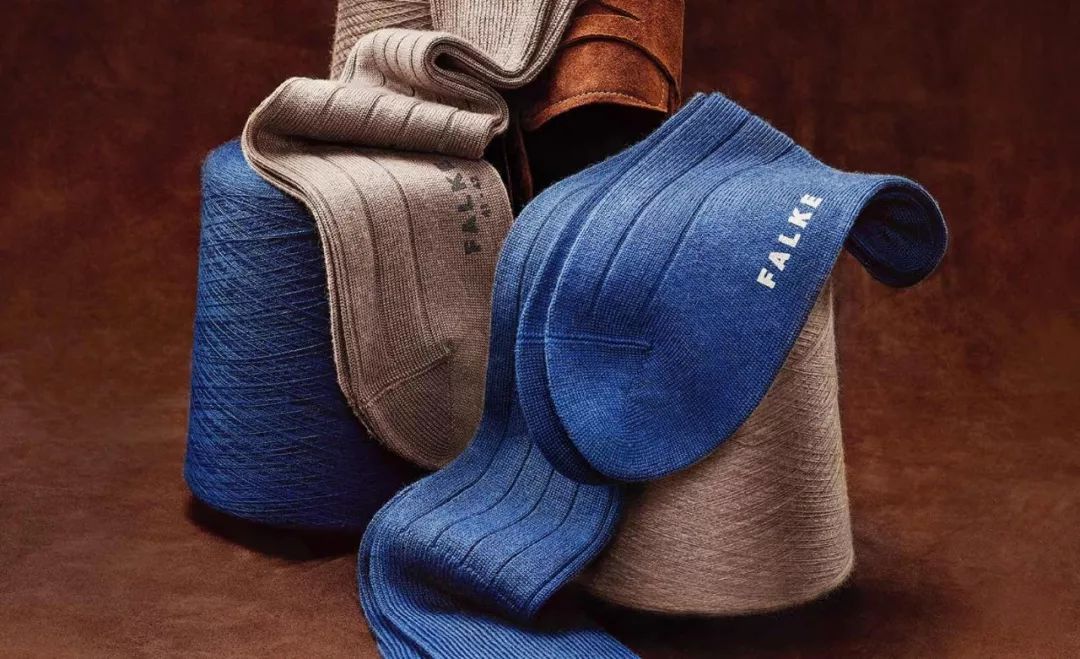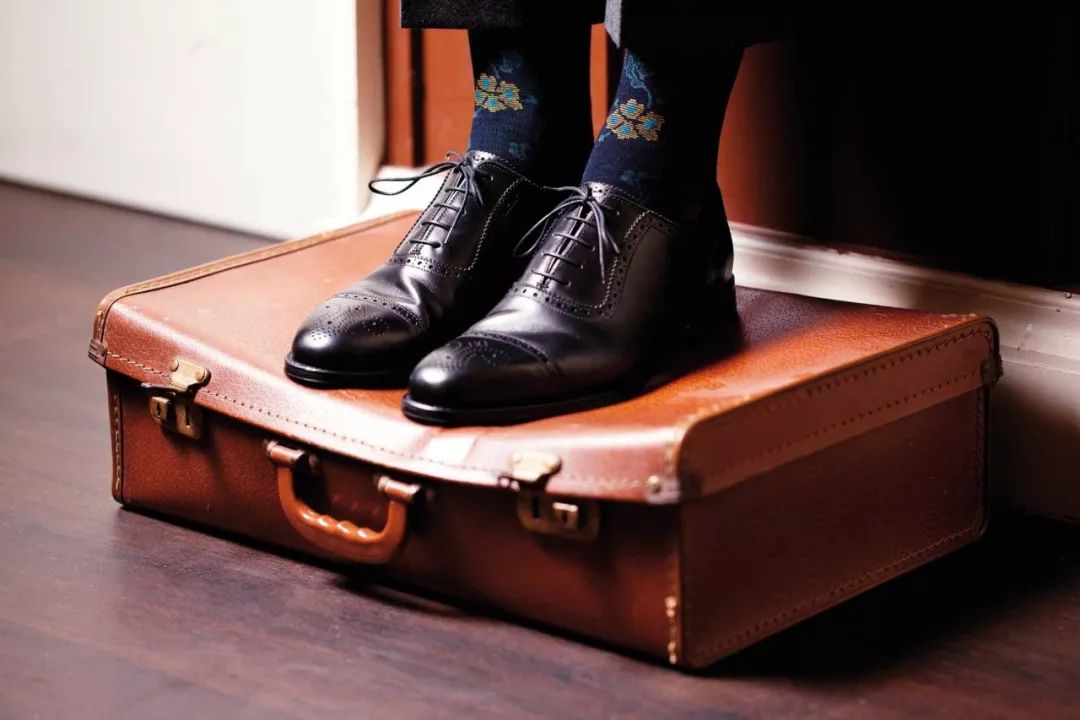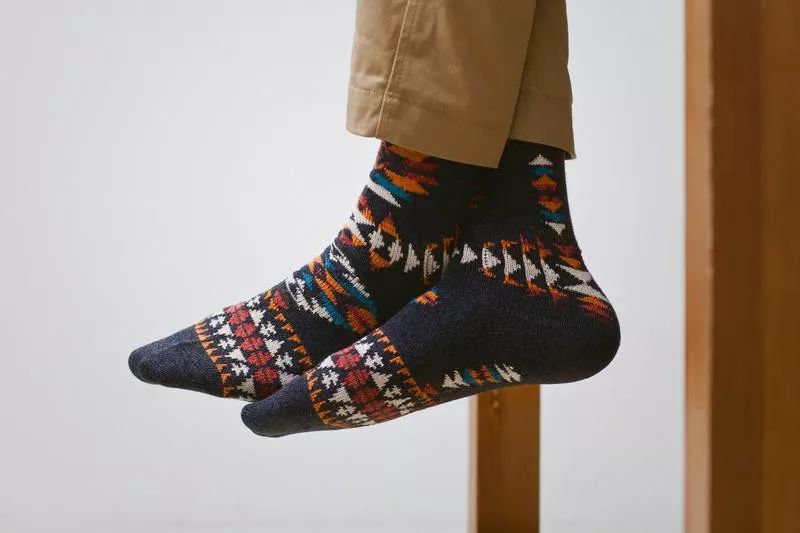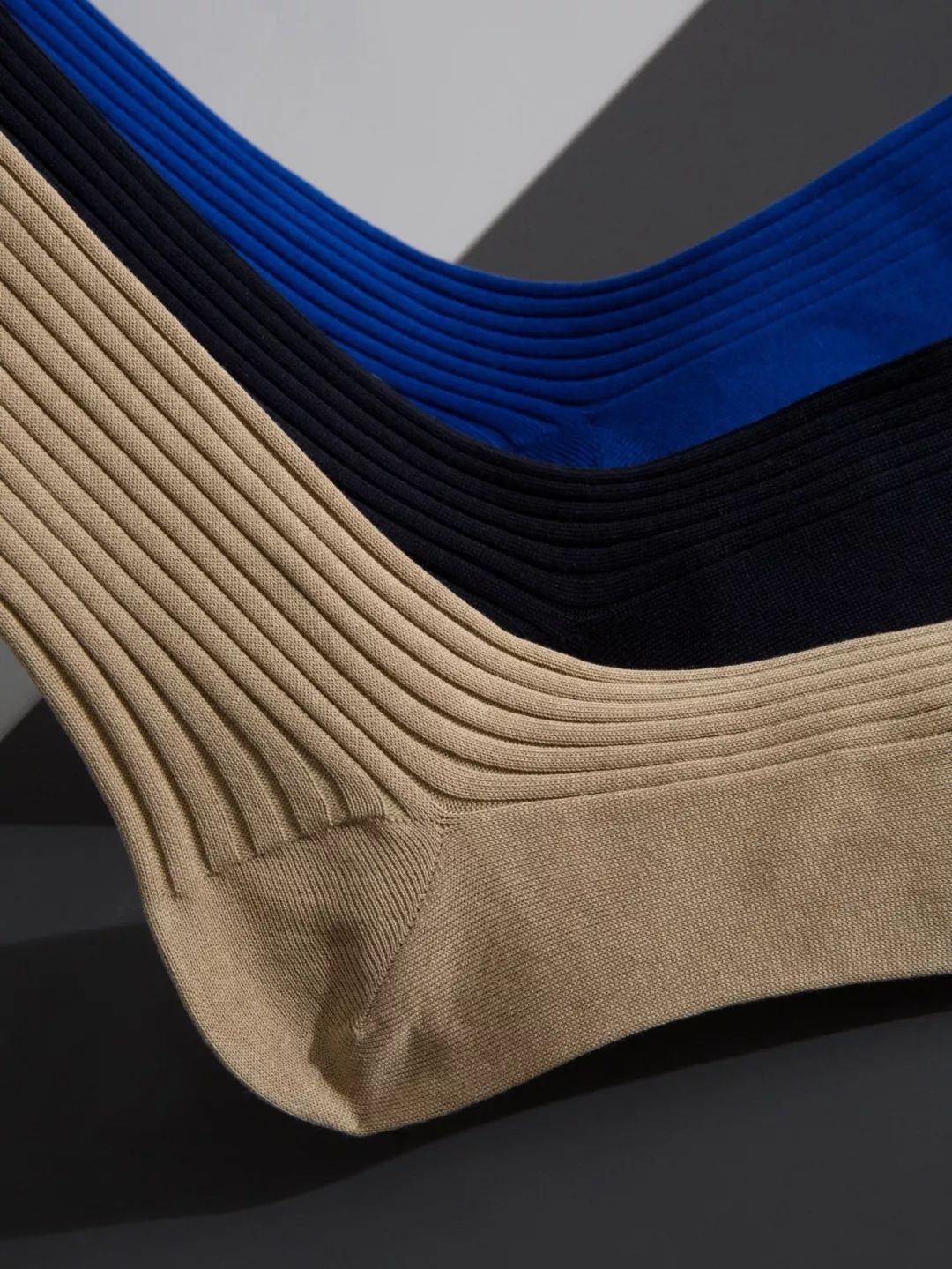After talking about the matching of socks, we might as well discuss how to count a pair of good socks. After all, shopping is more important than matching.
I don't rule out that some masters think that socks are just worn-out goods, so they can make do with it, and there is no need to bother and spend money. But you should know that a good pair of socks can make you walk freely and show your taste from the details. Naturally, it is easy to worry and effort.
First of all, before shopping, we must make it clear that socks are the same as other clothes and shoes, and can not be achieved overnight.
Rather than having only one style, I suggest diversifying investment and trying more different styles.
Basically, 5 to 10 pairs are replaced as standard equipment. When you select the most suitable set of equipment, you will generally maintain at least 1 pair for each of your favorite designs and colors, and about 2-3 pairs for each of the wild plain colors (each color).
Of course, here is not to say that the more expensive the better, and there is no doubt that really high-quality socks can have a service life of several pairs of poor quality, and the final cost is similar.
Therefore, in the early stage, you can buy different style orientations at a low price, but once it is determined, you should consider looking for a better quality sock with the same style. After all, the sock that will collapse after two or three months will not be what you want.

To see how socks are, we mainly look at two aspects: one is raw materials, and the other is technology.
texture of material
Like clothes, if it doesn't involve the functional requirements of certain specific scenes, natural materials must be the first choice.
For example, cotton and wool are soft and skin friendly, and their foot feel and comfort are not comparable to those of general synthetic fibers.

Don't think that when you encounter hot weather, you want to have a cool feeling from chemical fiber socks such as nylon. They are more like one size fits all.
It seems that it can really satisfy you for a while. But you should know that you can't ask for more performance, and it can't solve some long-term follow-up situations.
For example, covering feet, some people thought that covering feet was only related to thickness (the same God cognition as "thickness is good wearability") and switched to thin chemical fiber. In fact, whether to cover your feet or not is most directly related to the permeability of the material itself. Light chemical fiber socks cover your feet as well.

Natural fibers such as cotton, wool, flax and silk are beloved. One of the keys lies in their air permeability, moisture absorption / moisture removal characteristics. To a certain extent, they can adjust the temperature and humidity of their feet to keep dry. According to different weaving methods and yarn thicknesses, they can meet the four seasons.
Even in summer, blends made of natural fibers with their respective characteristics can still be beaten, such as high-quality Merino wool, which is naturally antibacterial and deodorizing. Generally, the moisture absorption of chemical fibers is low. With long-term use, the accumulation of sweat will make you feel afraid of being dominated by odor.
Probably only functional considerations such as ease of care, strong elasticity, and corrosion resistance can make chemical fiber socks stand in summer. I can accept a reasonable small amount of doping and blending with natural materials to improve durability and elasticity. All chemical fiber is really not flattering (it can also adsorb pants and damage lines).

Moreover, if the raw materials are good enough, even in terms of toughness, natural fibers are not inferior to cheap chemical fibers.
The second is the weaving method. The yarn thickness and weaving method will affect the performance of socks. For example, the fiber is slender and the mesh with high number of stitches will be the most ideal state in hot weather - thin and compact. The cotton linen blend can balance the durability and breathability, and will not harden after repeated washing.
If you choose socks that are too loose and translucent in order to pursue breathability and coolness, the structure is easy to loose and break, and it is difficult to ensure a good service life.
In autumn and winter, such as sea island cotton and other long staple cotton, Merino wool, cashmere, etc., choose natural socks with slender fibers and smooth and delicate feel, which have ideal warmth retention and moisture absorption. Some cheap wool socks are bound and pilled due to the short fibers, so the affinity to the skin is undoubtedly greatly reduced, and the gains outweigh the losses.

In addition to breathability, not shifting when walking, not falling off the hosiery tube (without frequent lifting), uniform pattern color, and not easy to fade after washing (full color, high color fastness and purity) are all the criteria for judging good socks. You can weigh your own needs.
